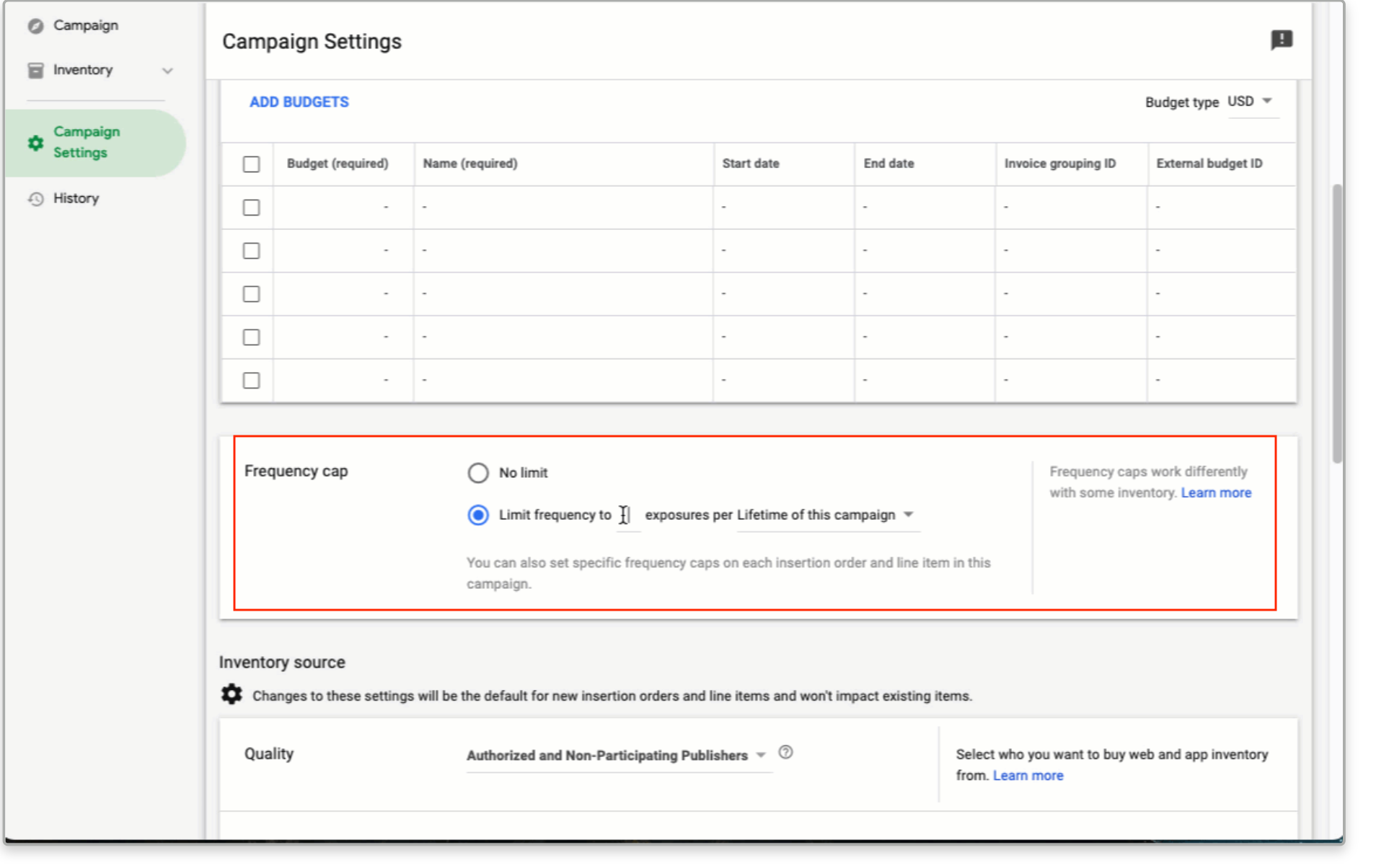We’ve all had the experience of being served content online after showing what’s often only a fleeting interest in a brand, place, or event.
It’s known as remarketing—an advertising tool employed far and wide across the internet and social media.
It often gets a bad rap due to privacy concerns and is a significant factor in the push to phase out third-party cookies tracking online behavior.
But remarketing still presents clear consumer benefits and a high return on investment for advertisers.
And, as Gen Z has grown up with this advertising culture, they’re—broadly speaking—warmer to it. There’s still a fine line between remarketing ads feeling intrusive over beneficial.
But if done right, this marketing tactic has lots to offer in selling higher education experiences.
In this guide to remarketing, we explore how to effectively gauge intent and the type of interest among prospective students to manage ads accordingly and boost recruitment.
How does remarketing work?
There are two key funnels in remarketing: tapping into interest when you own data versus when you don’t.
The two approaches are often referred to as pixel-based or list-based, and both types can be thought of as following up on ‘warm’ leads.
Pixel-based remarketing
In pixel-based remarketing, a prospective student, for example, visits a university’s website and explores the courses offered in one of its faculties.
They leave the site without sharing any personal data, but cookies track the activity. The student then sees ads promoting the courses they read about while browsing other sites with ad placements or social channels.
But with browsers phasing out third-party cookies[a]—Chrome is set to do this in 2024—and many people already using ad blockers, the focus will turn to first-party data and new tools to track user interest while maintaining privacy.
Google, for example, is working on a prospective tool called Topics API through its Privacy Sandbox arm, but the intricacies and potential here remain to be seen.
Meanwhile, social platforms are harnessing the power of artificial intelligence to make interest-based advertising content more intuitive and relevant alongside a palpable move to put privacy power back into users’ palms.
List-based remarketing
The lesser-used of the two approaches, list-based remarketing (which uses first-party, personal data supplied by users themselves) is likely to become more popular as third-party cookies diminish.
For example, a prospective student arrives at your institution’s website and gives you their email address in exchange for downloading a prospectus or signing up for an open day.
Let’s face it, no student will hit ‘Apply’ on the first visit to your website—but by sharing their data, digital marketers know there’s interest there to build on and target accordingly with ads or email marketing.
This type of remarketing presents the most powerful opportunities for higher education, as it gives ads the best potential to match the intent and be as personalized as possible.
Some list-based remarketing opportunities in higher education include:
- Subscriptions: If your prospect joins a mailing list or signs up to receive blog updates, you can track open rates and content click-throughs to segment audiences for remarketing effectively.
- Document downloads: If a site user downloads or orders a mini guide or accommodation brochure, for example, the interest is clear.
This is where personalized experiences like tailor-made digital mini guides can be a useful remarketing tool and improve user experience.
The prospective student shows precisely what areas of study interest them, and marketers can follow up on this. - Online sessions: The power of the webinar has been realized in recent years and remains a valuable tool for building initial engagement and being used as a remarketing opportunity. Offering potential students the chance to join an online session in an area they’ve already shown an interest in is perhaps one of the most effective remarketing tools and offers a lot of value to the user. Other virtual opportunities, such as online campus tours, can be approached similarly.
- In-person visits: Now that in-person visits are back, those attending a campus tour – or those that signed up and missed the event – are useful remarketing targets. And for those attending an event on campus, marketers can point them towards further data collection initiatives to better understand their intent and interests.
- Social media follows: When someone likes a page or post or has followed an account, this presents a superb remarketing opportunity in terms of sponsored social media ads.
Top tips for successful remarketing strategies
1. Ads and content must match customer intent
There’s never going to be a one-size-fits-all ad to serve all prospective students – they need to be customized.
Ads and email marketing need to build on what the person has already learned about your institution and should sell the experiences they’re interested in to bring about conversions.
Effective remarketing lists will segment your audience into clear areas of interest: course type, accommodation, university lifestyle, clearing, international students, or financial queries.
Clever data collection comes into play here; the more you know about someone means you can segment them more effectively.
Questionnaires and quizzes, for example, about what courses prospective students are most suited to are just one of the many ways to build on intel gathered in more standard data collection methods.
2. Ads as news content
Ads that don’t feel like ads can be one of the most effective approaches in remarketing strategies.
Imagine a student visits a university web page and explores a marine biology course—and then later stumbles upon a news article in their social feeds about a groundbreaking piece of research by the same faculty.
You’re building on what they have already learned about your institution while delivering a perfect dose of intrigue which could pique their interest and prompt a conversion.
 Link your ad campaigns to your home page content: see best practices examples here
Link your ad campaigns to your home page content: see best practices examples here
3. Rotate ads
Avoid ad fatigue by ensuring content served to each user segment is dynamic as well as diverse.
Offer something new every time audiences see your university’s name pop up on their screen so that the brand subtly slips into their online peripheral vision but in a useful, welcome way.
Think about the different types of content you can deliver and promote—from serving news stories to inviting them to webinars about their preferred career route or varying call to actions like signing up for a campus tour or a prospectus.
One too many of the same ads served could see warm leads turning cold rather than progressing to conversions.
4. Don’t oversaturate
While you want to remain on your potential student’s radar, you don’t want to bombard them. This is where remarketing risks falling into the perceived ‘stalker’ territory rather than deepening engagement.
In Google Ads, make sure you’re taking advantage of frequency capping—restricting the number of times your ad is seen by a prospective student each day, week, or month.

Regular list refreshing will also help ensure you continue targeting the right audiences at the right time, whether in the application stage or clearing.
5. Test
As well as rotating ads and giving them creative refreshes, test the impact of this. Consider split testing different content variations, imagery, or more nuanced aspects like CTAs.
Testing to enhance user experience is crucial to successful digital marketing, and the ad targeting sphere is no different.
Regularly experimenting in this way and establishing the results will improve ad campaigns in the future.
What tools can help with remarketing strategies?
A multitude of tools exists to assist with remarketing campaigns.
Google Ads has many customization features to help businesses develop remarketing strategies, both in terms of development and targeting.
There are tools to help with anything from the easy development of ads to list segmenting—and given that Google will deliver most display ads, it makes sense in many respects to utilize these integrated functions.
But plenty of other paid-for platforms are out there, from AdRoll to ConvertFlow—and not forgetting the social media ad remarketing tools at a university’s disposal.
Does your institution have a remarketing strategy? Let us know in the comments below or on social media.

:format()//media/how-higher-ed-can-use-remarketing-rq.png)